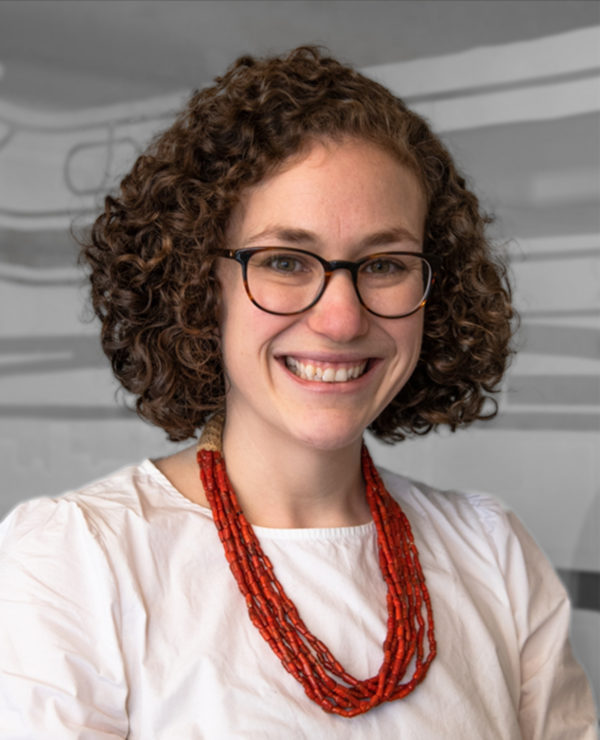Event
Carbon Leadership Forum (CLF) Boston: Renovation/Preservation

-
COST
Free for BSA members, $10 General admission. Learn more about membership options here. -
TYPE
CEs
-
AUDIENCE
Professionals
-
ACCREDITATIONS
1 LU/HSW AIA credit available
In this session, presenters will introduce key themes, strategies, and considerations that build upon topics from the Embodied Carbon 101 series, applying them to Preservation and Reuse Projects. Going beyond those, presenters will introduce emerging conversations around the time-value of carbon and the Reuse- and Preservation-first design strategies that address this critical issue. Methods for calculation and considerations for carbon reduction will also be discussed. Finally, ample time will be left for discussion, soliciting ideas, concerns, and needs for future discussions from attendees. |

Lori Ferriss AIA, PE, LEED AP BD+C, Goody Clancy
Lori is Goody Clancy’s Director of Sustainability and Climate Action, leading research and project initiatives, while advocating within the broader profession for policies and practices that advance climate action goals. Lori plays a leadership role on projects at educational institutions that are renewing heritage campuses while advancing climate action goals. She serves as project manager and forensic specialist on numerous Goody Clancy projects, and her sustainability leadership includes incorporating life cycle assessment as an integrated step of the design process. Within the broader design community, she’s a strong proponent of building reuse as a key measure towards meeting climate change mitigation goals. At the national level, she serves as a founding member and co-chair of the Zero Net Carbon Collaboration for Existing and Historic Buildings (ZNCC), a collaborative committed to achieving a zero net carbon-built environment through responsible reuse of existing buildings that was formed by APTI, AIA, RAIC, ICOMOS, and Architecture 2030.

George Gard AIA, Bruner/Cott & Associates
George Gard is an architect and urban designer at Bruner/Cott & Associates, interested in the externalities that shape design—culture, climate, policy, and site. Since joining Bruner/Cott in 2014, George has focused on the firm’s cultural and institutional transformative reuse projects—in settings ranging from a Victorian-era neighborhood to a Mid-Century Brutalist high-rise. Most significantly, he was involved with the recently completed Mass MoCA Phase III, which transformed 120,000 square feet of 19th-century mill building and doubled the area of the museum’s world renowned galleries. Currently, George is leading the design for reuse of an affordable housing community in Cambridge. George’s current research focuses on measuring the life-cycle impacts of the firm’s work, uniting and furthering the discourse around ‘transformative reuse’ and ‘high-performance’ projects. In addition to working at Bruner/Cott George teaches courses in urban and architectural transformation at the BAC and Wentworth Institute of Technology.